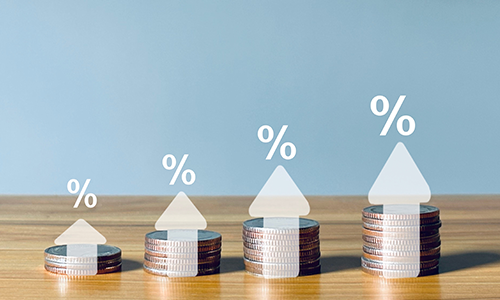Raisin
The world's leading platform for savings and investments
Raisin is the world's leading platform for savings and investment products. Founded in 2012, the FinTech connects consumers with banks in the EU, the UK and the US.
This gives consumers better interest rates and banks a diversified form of refinancing.
Our vision is to offer savings and investments without barriers and thus open up the global +140 trillion euro market.


